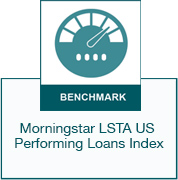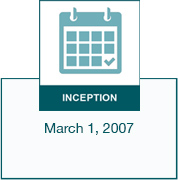Overview
The portfolio manager constructs each portfolio in accordance with its investment objectives, guidelines and risk tolerances.
- Primary focus: Strives to deliver absolute risk and return, rather than benchmark-relative risk
- Volatility: Seeks overall volatility that is less than the benchmark and competitors
- Customized portfolios: Creates portfolios and services to match each client's needs, including socially responsible investing and liquidity requirements
PLEASE NOTE: The Internal Guidelines referenced do not necessarily represent prospectus/statutory limitations. These internal guidelines are used as guidance in the daily management of the Portfolio's investments. These guidelines are subject to change and should not be relied upon as a long term view of the Portfolio's exposures, limitations, and/or risks.
Why Amundi US?
The Strategy is managed within a strong fixed income investment culture focused on sound, fundamental research. Key features of the Amundi US Bank Loans Strategy include:
- Value approach: Assesses relative value across a broad range of fixed income sectors, seeking strong total returns by investing in mispriced sectors and securities
- Higher quality and lower volatility: Employs higher credit quality of underlying assets as a key differentiator and achieves volatility, as measured by standard deviation, historically at approximately 1% lower over three years
- History of outperformance in down markets2 : Outperformed both the market and its peer group median in every down market since its inception
- Nimble and efficient: Provides the flexibility to make selective credit bets and ability to reject benchmark deals that may not correspond with investment objectives
- Downside risk focus: Seeks to invest in asset-rich companies, to limit downside risk, while ideal size enhances the ability to efficiently exit troubled credits
- Experienced and accessible portfolio manager: Boasts over 20 years of investment experience and has overseen the Strategy since inception
2A down market is defined as when the stock market is falling or at its lowest level.





